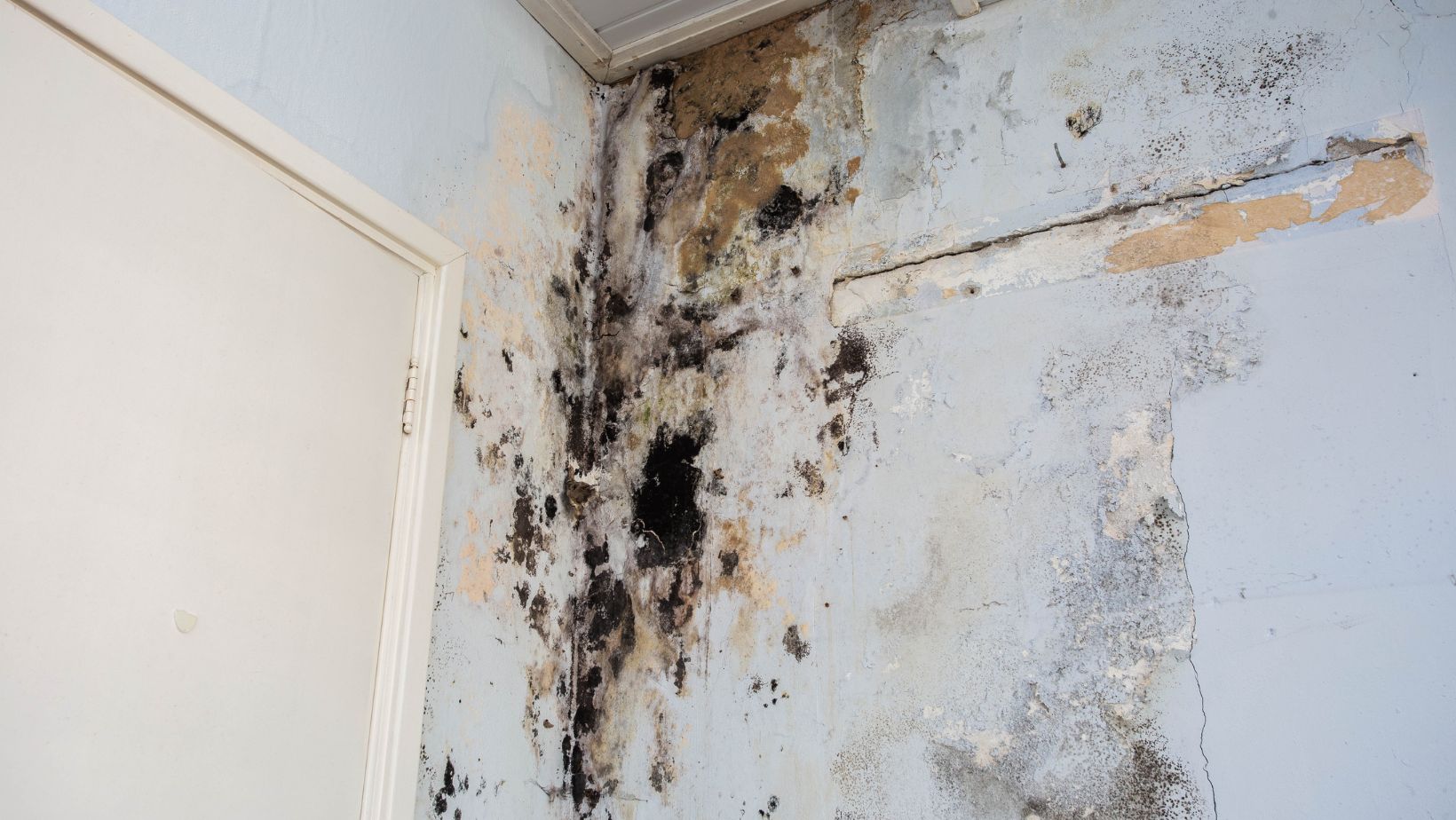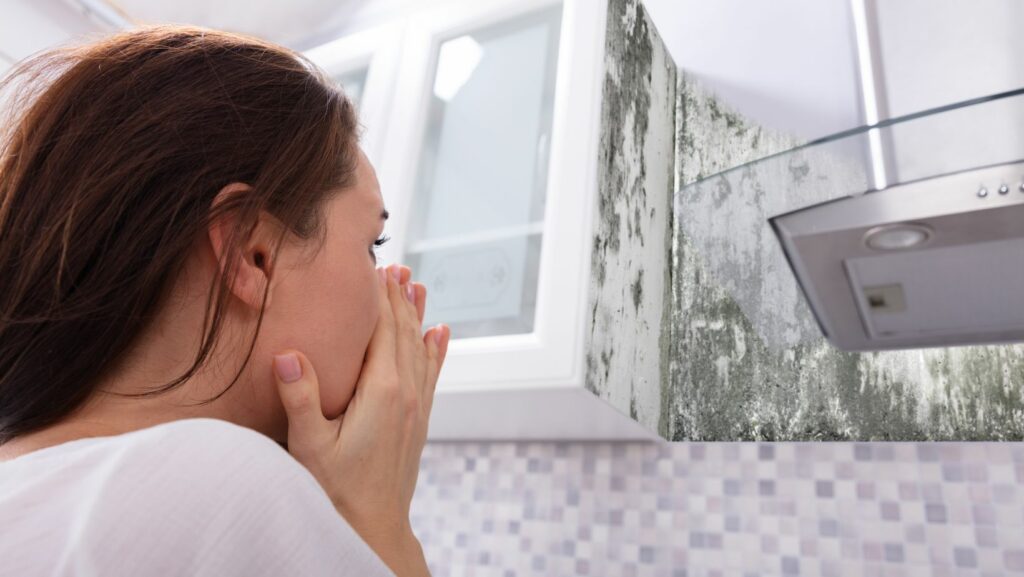Discovering mold in your home can be unsettling. Whether it appears as dark spots on the ceiling, fuzzy growth on walls, or a persistent musty odor, mold is more than just a cosmetic issue. Left untreated, it can damage your property and affect your health. If you’ve spotted mold, you may be asking yourself what to do next? The good news is that there are clear steps which can address the problem effectively and prevent it from coming back.
What To Do When You See Mold
Spotting mold for the first time might be scary, but acting quickly will minimize damage. It’s important to know what to do when you see mold and protect your home from damage.
Assess the Extent of the Problem
Start by determining how large the affected area is. If there’s a small patch of mold, under about 10 square feet, non-porous surfaces can sometimes be cleaned safely by homeowners. But larger infestations, recurring mold, or growth on porous materials like drywall or carpet will require mold testing in Tampa.
Protect Yourself
If you plan to check for signs of mold, wear gloves, an N95 mask, and goggles to reduce exposure to spores. Avoid disturbing the mold unnecessarily, because this can release spores into the air.
Avoid Quick Fixes
Many people are tempted to simply paint over mold or wipe it away with bleach. Unfortunately, this only hides the problem temporarily. Unless the underlying moisture issue is resolved, mold will return.
Stop the Source of Moisture
Mold cannot grow without water. Check for leaks, condensation, or areas with poor ventilation. Fixing a leaking roof, sealing a plumbing issue, or running a dehumidifier might just be as important as cleaning the mold itself.
Get Professional Help
If mold covers a large area, keeps coming back or is hidden inside walls or HVAC systems, it’s time to call in the experts. Professionals can test, identify, and remediate mold safely and effectively.
 What Works and What Doesn’t When Cleaning Mold
What Works and What Doesn’t When Cleaning Mold
If the mold problem is small and limited, you may be able to clean it yourself. Here’s what you should know:
- Use the Right Cleaning Products: Specialized mold cleaners or a mixture of water and detergent are often effective on non-porous surfaces like tile, glass or metal. Bleach can kill surface mold but often fails to penetrate porous materials, allowing growth to return.
- Avoid Porous Materials: If mold has taken hold in drywall, carpet or ceiling tiles, these materials usually need to be replaced. Cleaning won’t remove spores deeply embedded inside.
- Dry Thoroughly: After cleaning, dry the area completely. Fans, dehumidifiers and improved ventilation will help ensure mold doesn’t come back.
Final Thoughts
Finding mold in your home is never pleasant, but it doesn’t have to be overwhelming. The key is to act quickly, address moisture problems, and determine whether professional help is needed. Knowing what to do when signs of mold are noticed will save time, money and protect your health.
